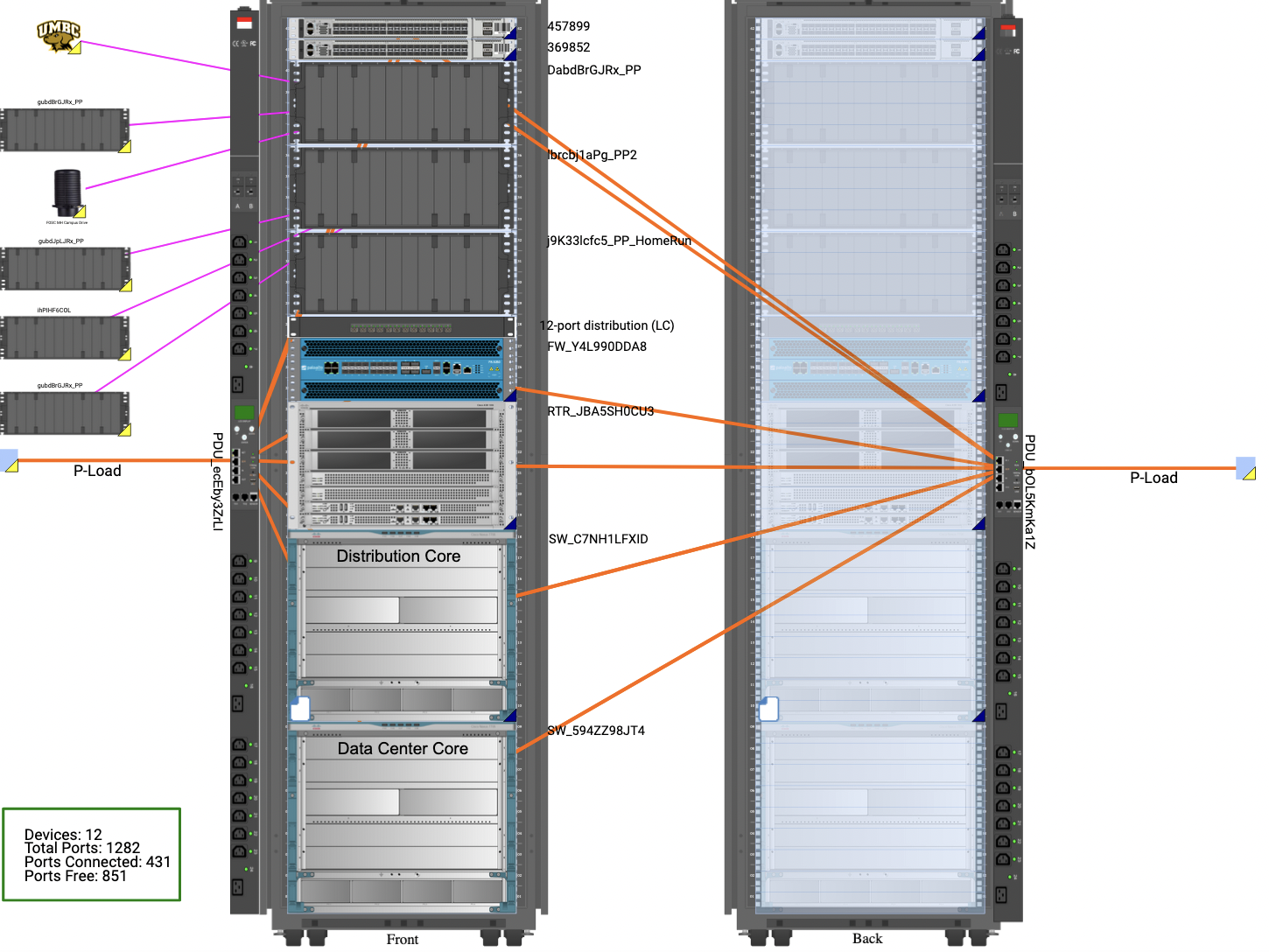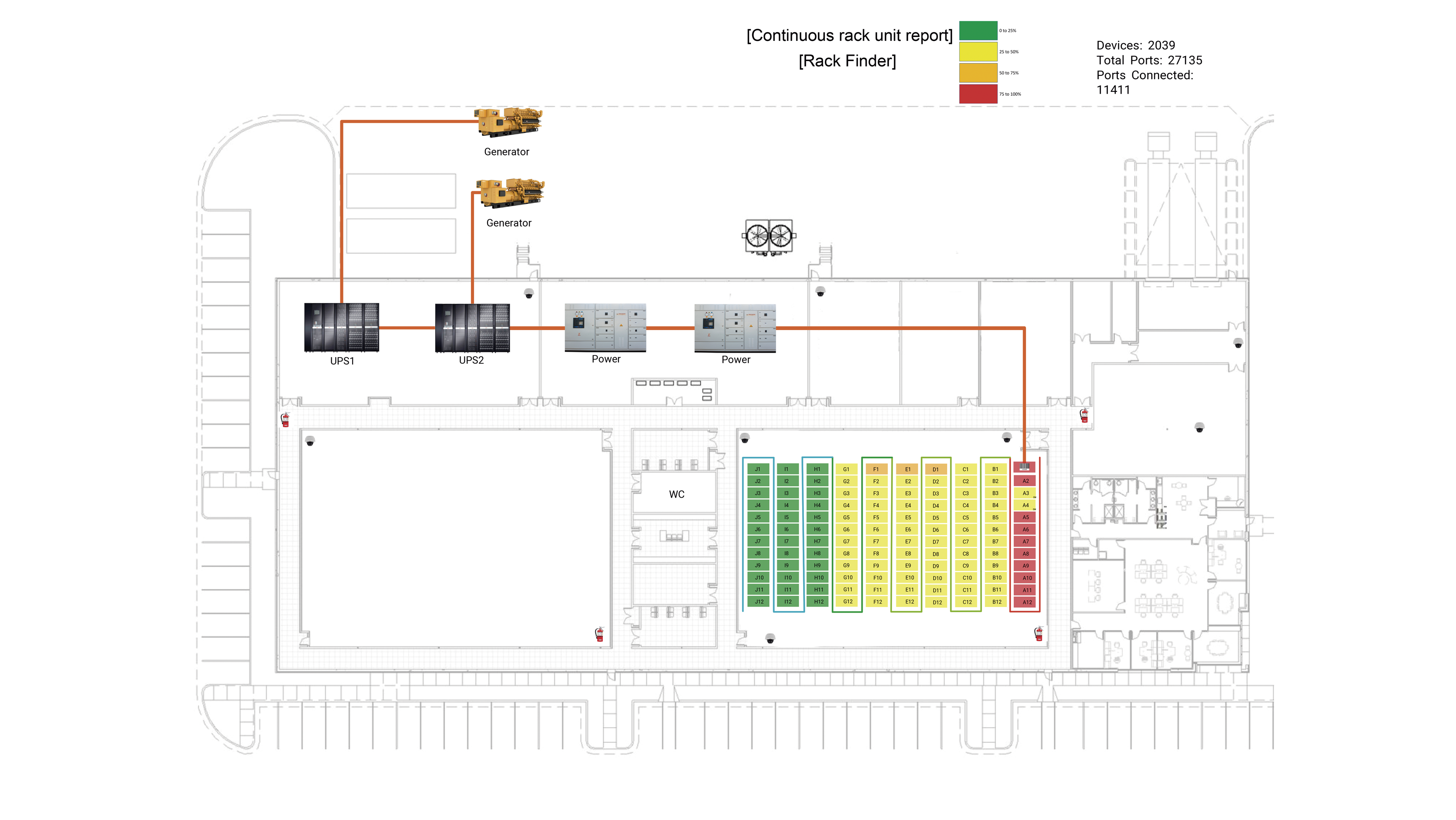
At Graphical Networks, one of our main focus points is helping our customers optimize their Data Center Operations with an efficient Data Center Infrastructure (DCIM) system.
Now, a Data Center can also be considered a building and, as such, the building contains many elements outside of the usual purview of a DCIM solution; these elements should also be managed and automated in some way…
As a result, there’s another piece of software that comes up in many conversations: it’s the so-called ‘Building Management System’ (BMS). The term ‘Buildings Automation System’ (BAS) is also thrown around — this term gives us a clue as to the central role that automation plays in these systems.
In many conversations, it seems like the DCIM and BMS domains live in separate silos — or, perhaps more accurately, different universes. BMS people barely talk to DCIM people and vice versa. However, if you look a bit closer into the functionality of the two system types, there’s ample room for collaboration and the siloed mentality shouldn’t be — which is why, at Graphical Networks, we built an open system that allows a BMS system to connect to our DCIM solution netTerrain.
In addition to having built netTerrain as an open system, we’re also working on out-of-the-box BMS integrations into netTerrain that can help our partners and customers present a more unified view of the data center — for example, pre-built connections to some of the vendors already in the BMS space, such as Honeywell (with its Niagara-based IQVision platform) and Siemens.
Although somewhat adjacent, a DCIM and a BMS system serve different purposes. There are some commonalities in terms of features in areas like energy management (we even had a customer replicate some BMS functions like airflow views in netTerrain thanks to our flexible visualization engine) but, usually, both systems co-exist without much overlap.
What is a DCIM System?
Defining DCIM is, believe it or not,an incredibly nuanced process. Ask 20 people to define DCIM, and you will literally end up with 20 different answers. Why? DCIM’s not one-size-fits-all: vendors specialize in different areas (for, example, tackling your cabling infrastructure with DCIM).
In general, however, if we’re forced to define what a DCIM system is, it’s fair to say that it’s a process and set of solutions used to track, monitor, and manage the data and power utilization of all IT assets (both hardware and software) as well as infrastructure components (such as racks, cooling units, trays, floor plan, space, and so on) that relate to the Data Center for the purpose of optimizing consumption and reducing costs.
 Example: a rack, with connections, visualized in netTerrain DCIM
Example: a rack, with connections, visualized in netTerrain DCIM
 Example: a Data Center floor plan visualized in netTerrain DCIM
Example: a Data Center floor plan visualized in netTerrain DCIM
What is a BMS System?
Defining BMS may not be as nuanced or subjective as a DCIM, but the functions of the BMS, as expected, depend a bit on the specific needs of the building managers and users. Usually the BMS monitors and controls a myriad of smart building devices such as heating and cooling equipment, video and access control, fire, sprinklers and water systems, sensors, lighting and electric power management and more.
Along with that, the BMS can also supervise and report on the variables and changes associated with the data the BMS collects about said devices.
A properly configured BMS can manage and supervise variable conditions, alarms, provide current status and historical information of building elements, help with diagnostics, interfacing between smart applications used in buildings, etc.
 Example: a weekly boiler schedule visualized in BMS
Example: a weekly boiler schedule visualized in BMS
In a BMS system, operators can access event summaries, historical time series, status displays and schedules with views such as room configurations, building equipment configurations, cooling circuits, and airflows.
The typical protocols a BMS system supports include some of the usual suspects seen in a DCIM system like netTerrain and others that are perhaps more industrial or building specific. Examples include: Modbus, SNMP, LonWorks, BACnet, DeviceNet or REST APIs.
Can a DCIM and BMS system be integrated?
netTerrain DCIM can easily be integrated with a BMS that consumes any DCIM-related data useful for that system via our open REST API. SOAP can also be used as the protocol to read data from netTerrain into the BMS. Bidirectional integrations are also easy thanks to our collector architecture that has a connector factory based on a few communication channels like REST or ODBC to fetch data from the BMS. An out-of-the-box connector with IQVision is currently in the works and available soon.
Now, just because something can be done, it doesn’t mean that it should. Integrating systems, like anything else IT-related, should be done if there is enough meat there (from a cost-savings perspective or IT strategy) to justify the integration. The benefits gained from such an integration will again, vary based on the customers requirements, but some of them include: a central place for visualizing the data center, data flow from and to the DCIM and BMS systems to improve power efficiency, provide a better view for the BMS folks for planning purposes by understanding what’s happening on the IT side and more.
For more information about our DCIM solution, netTerrain, please click here. We offer a free 14-day trial — if you’d like to sign up, click here to get started.